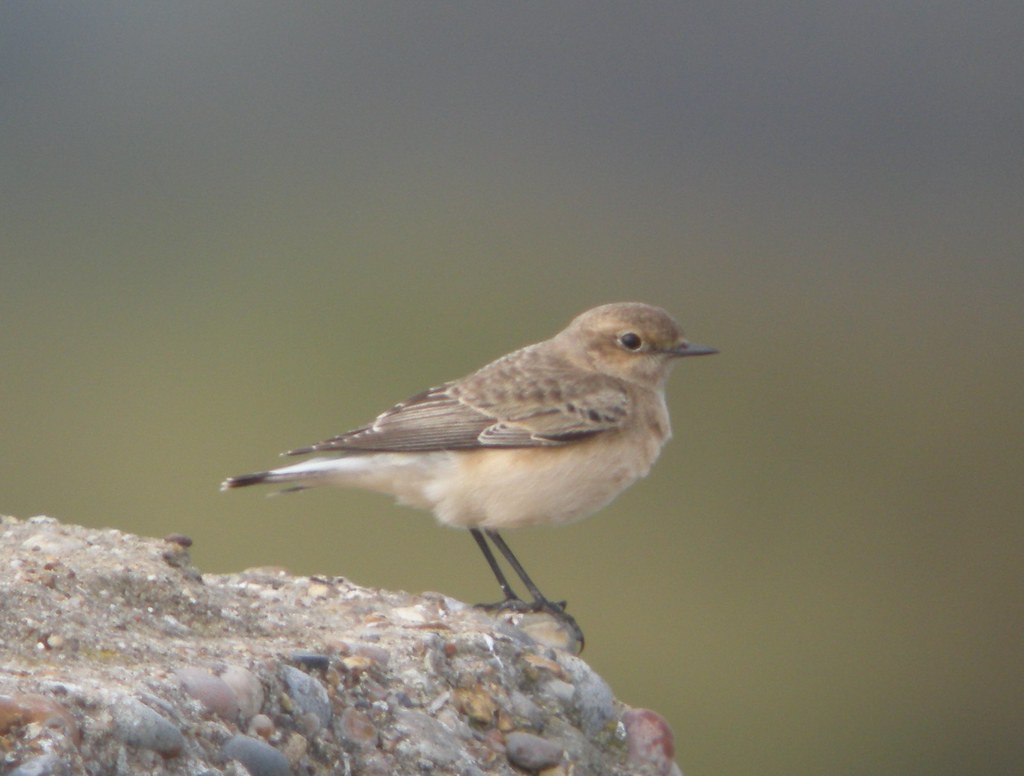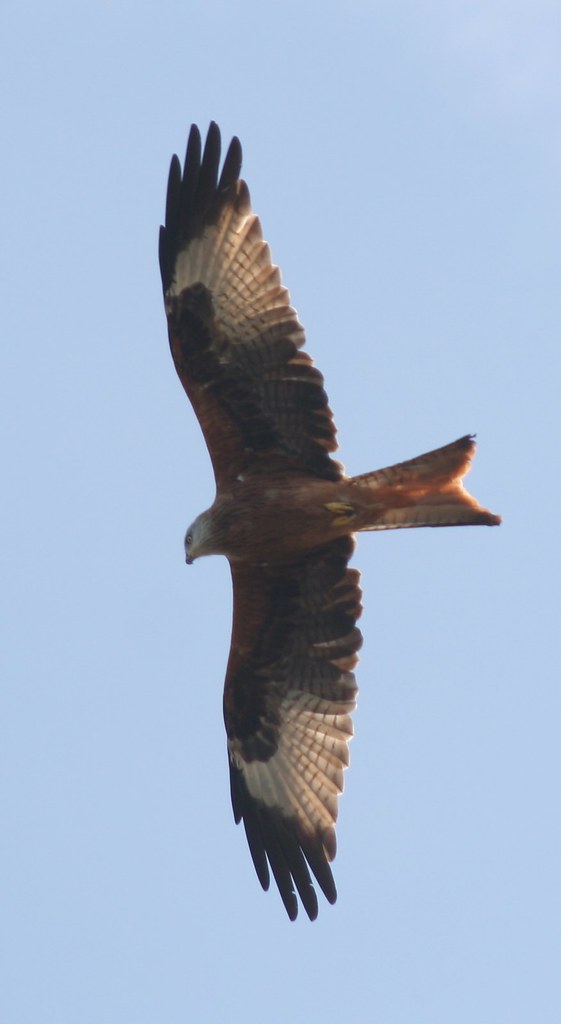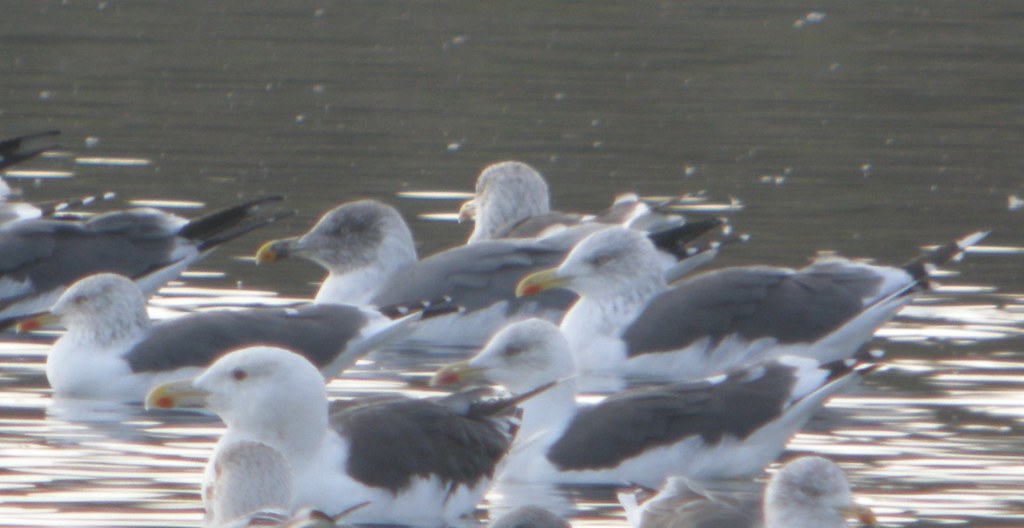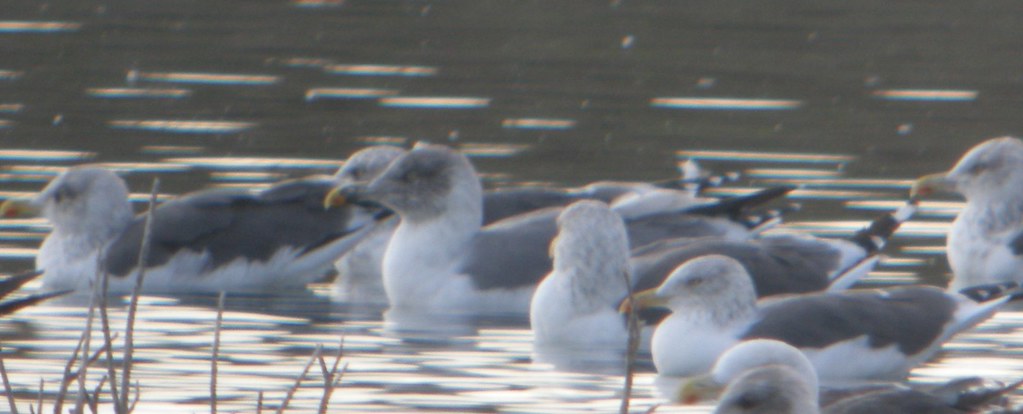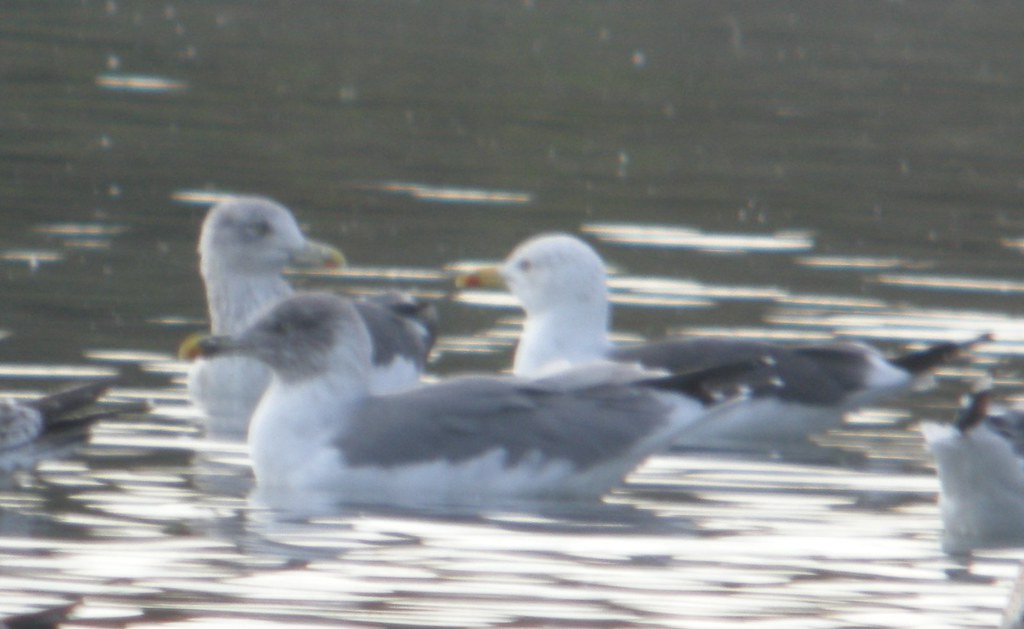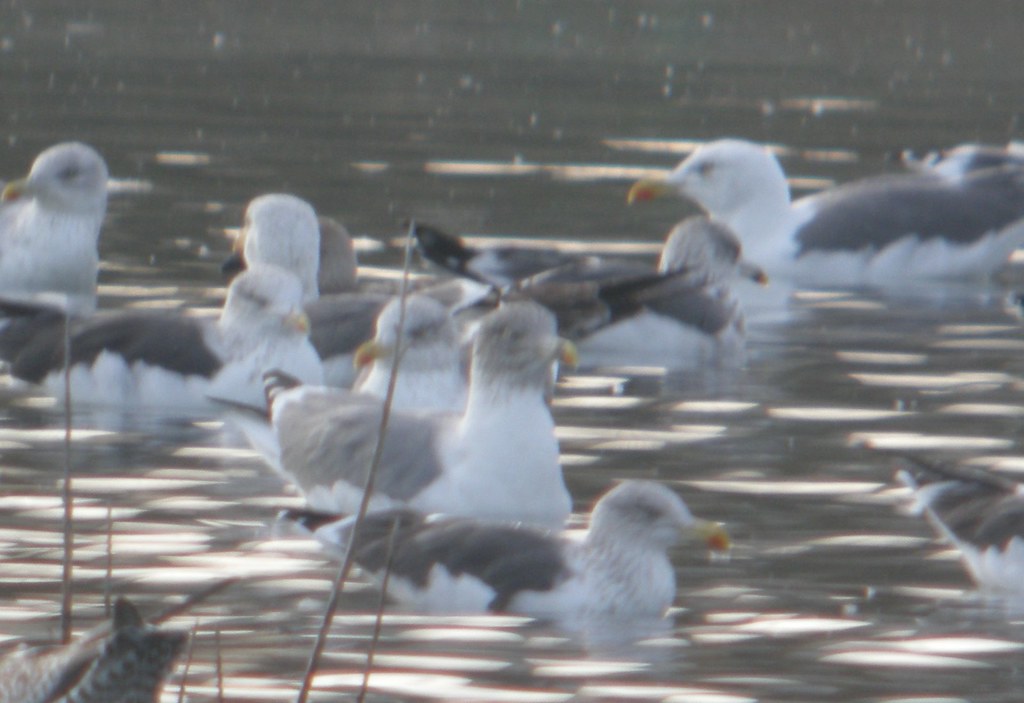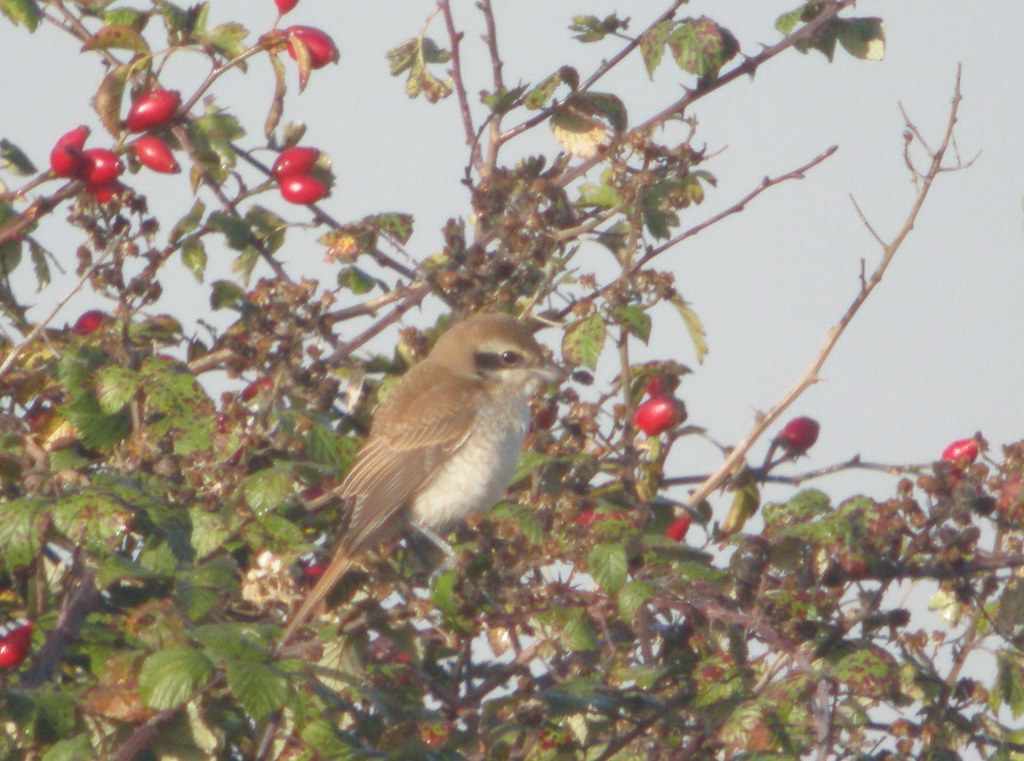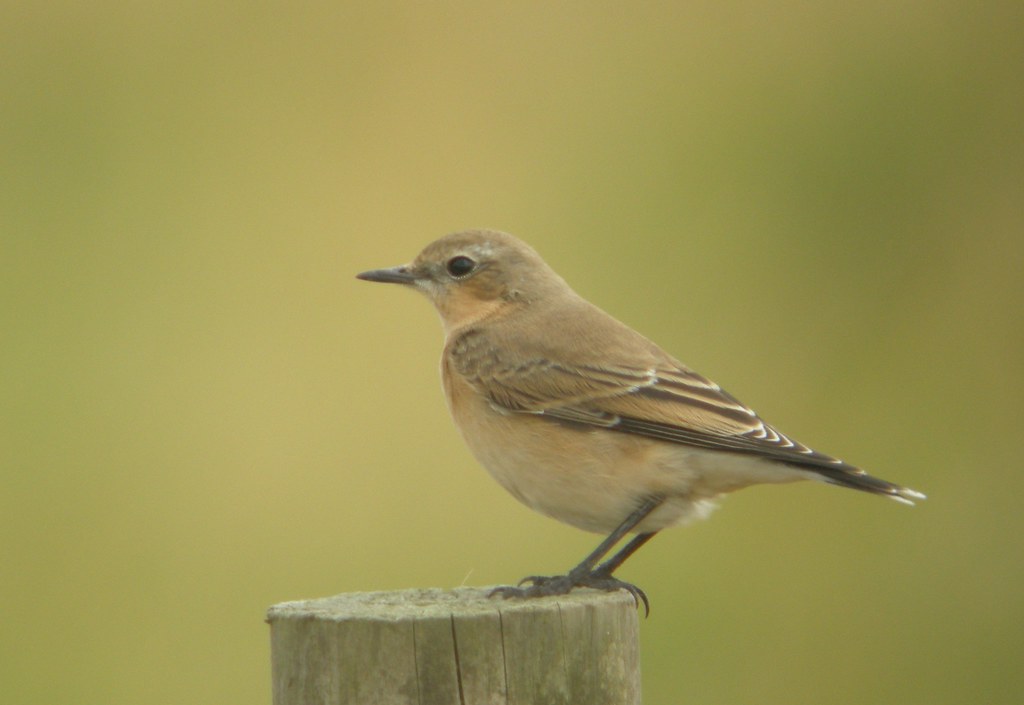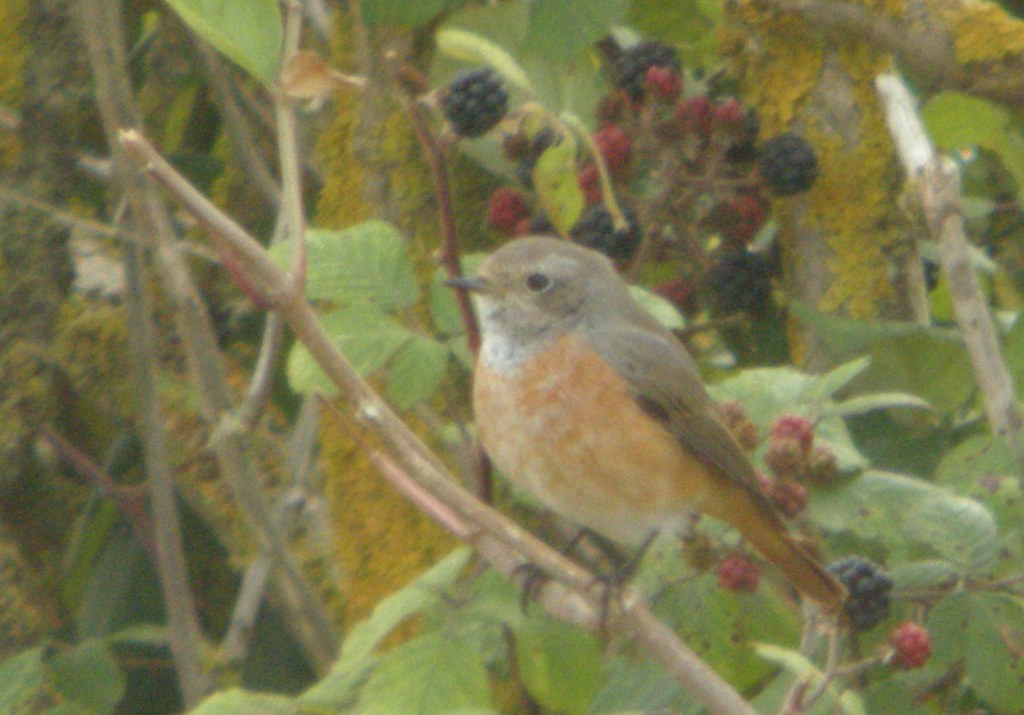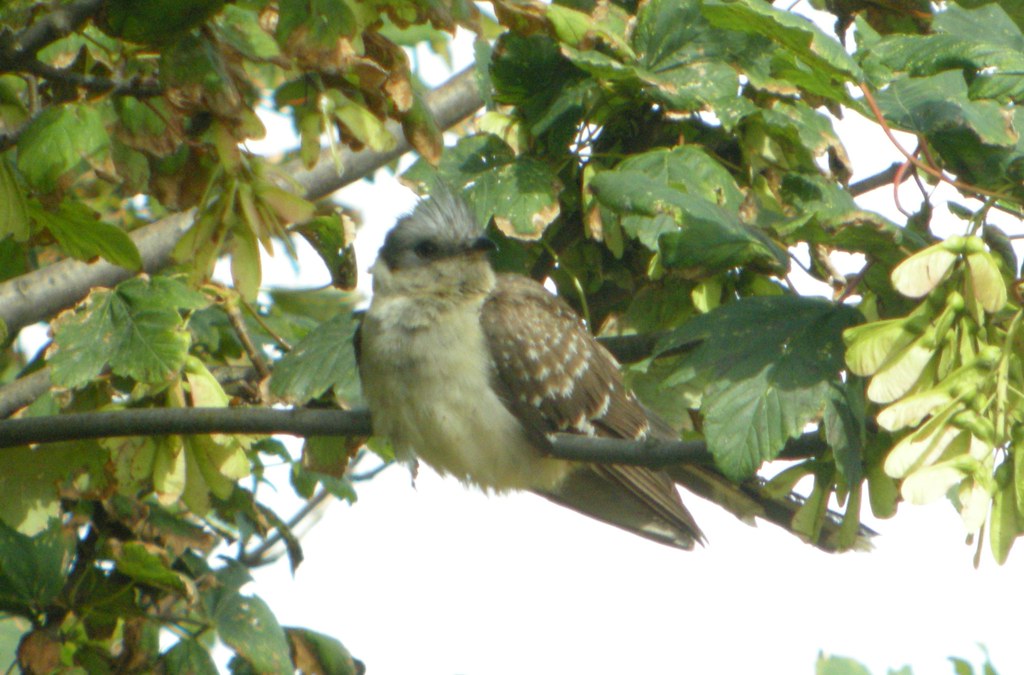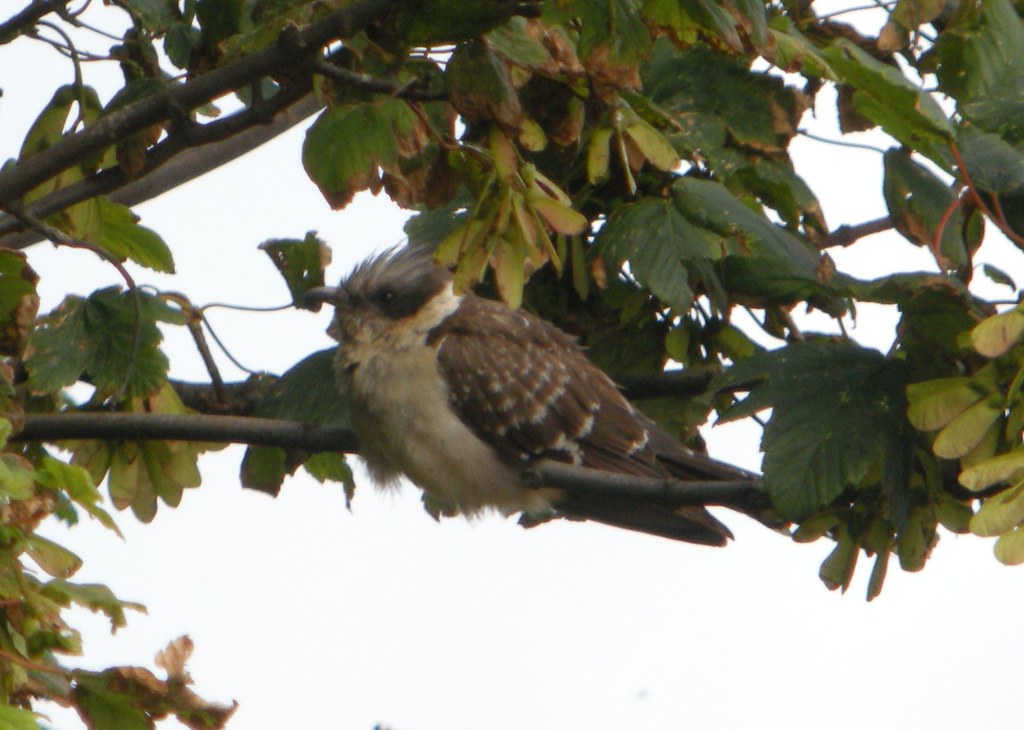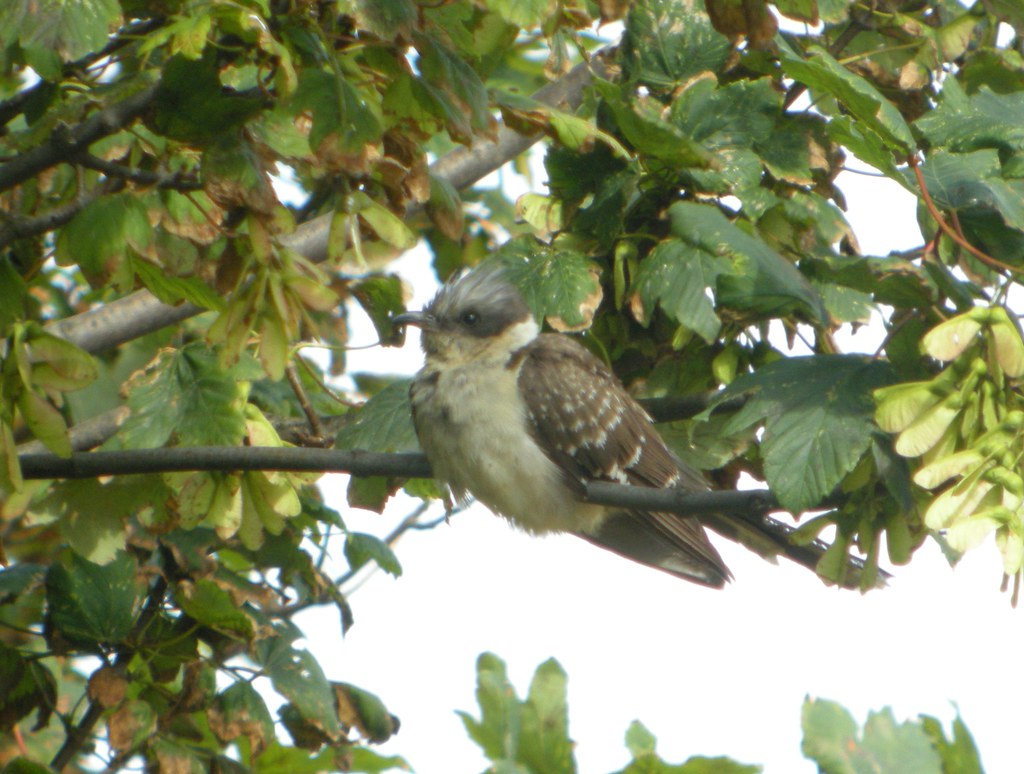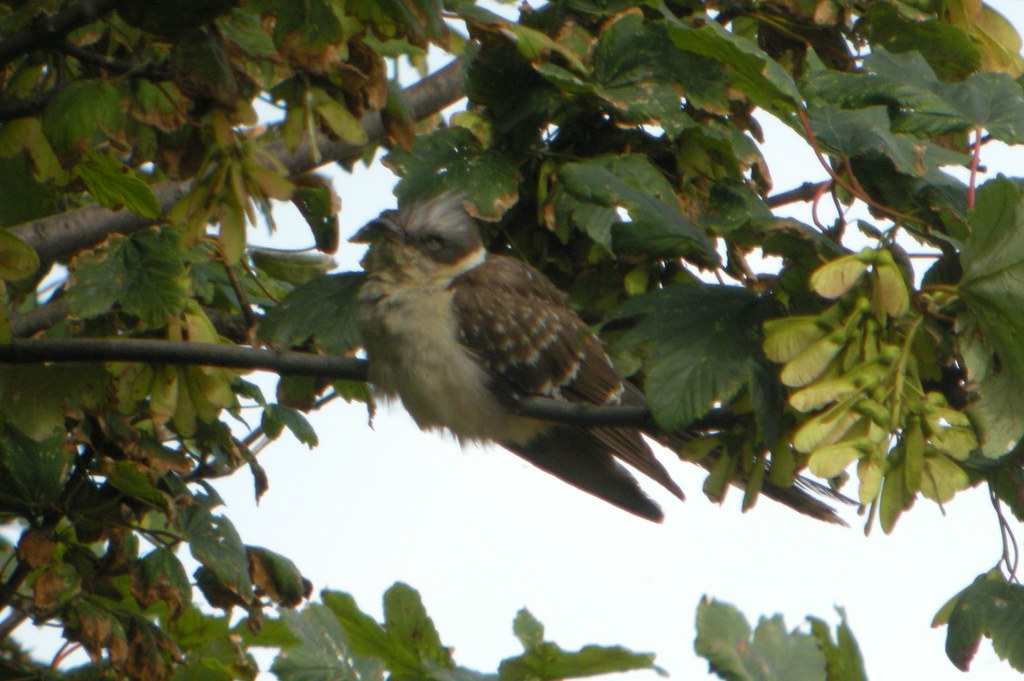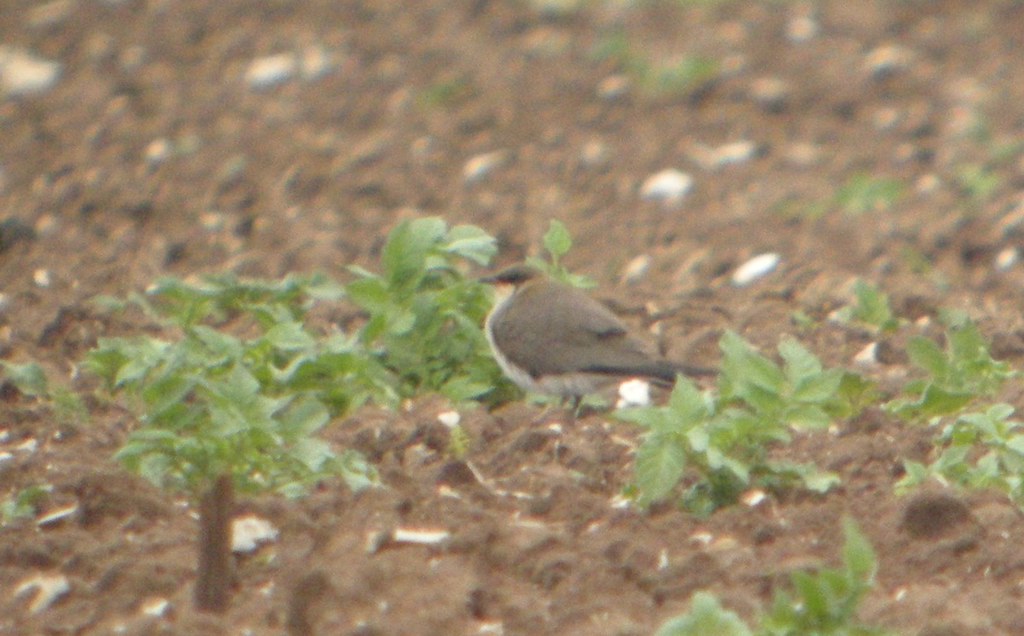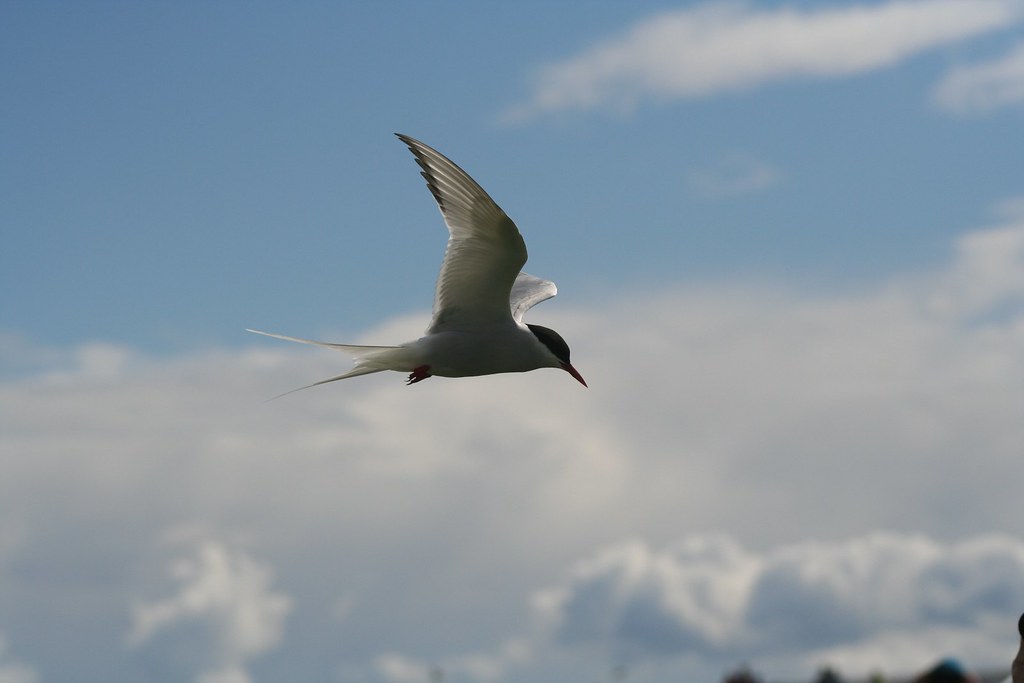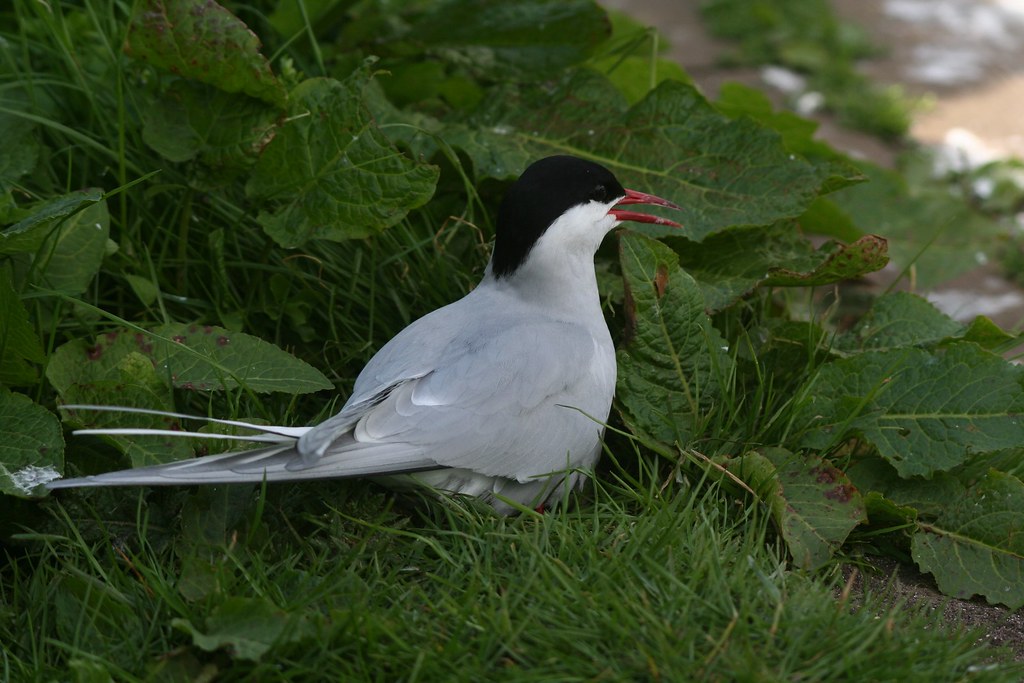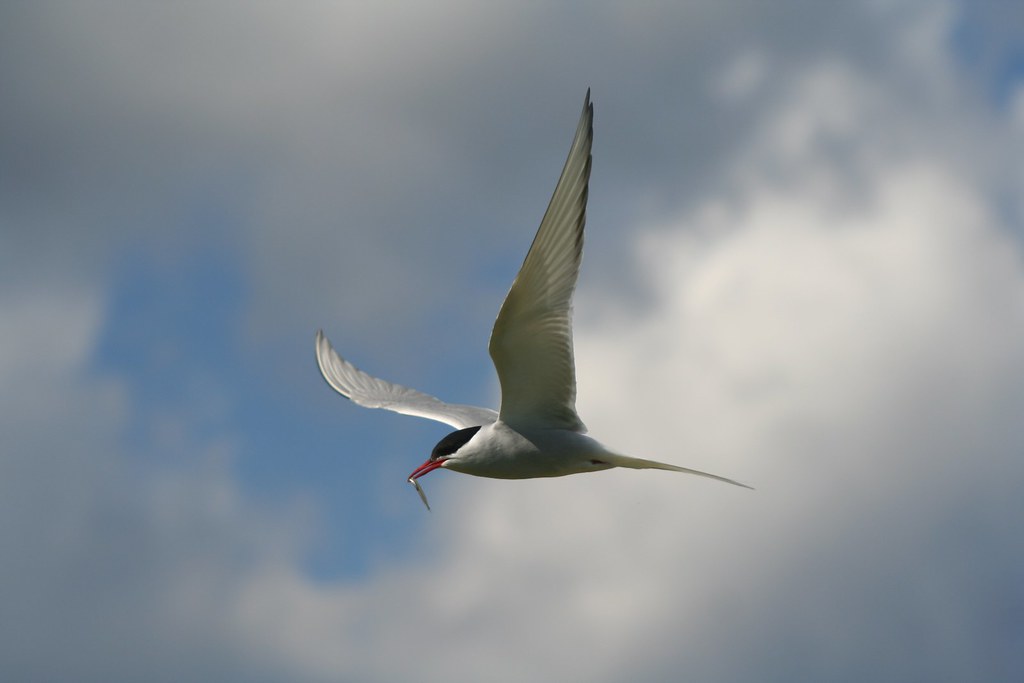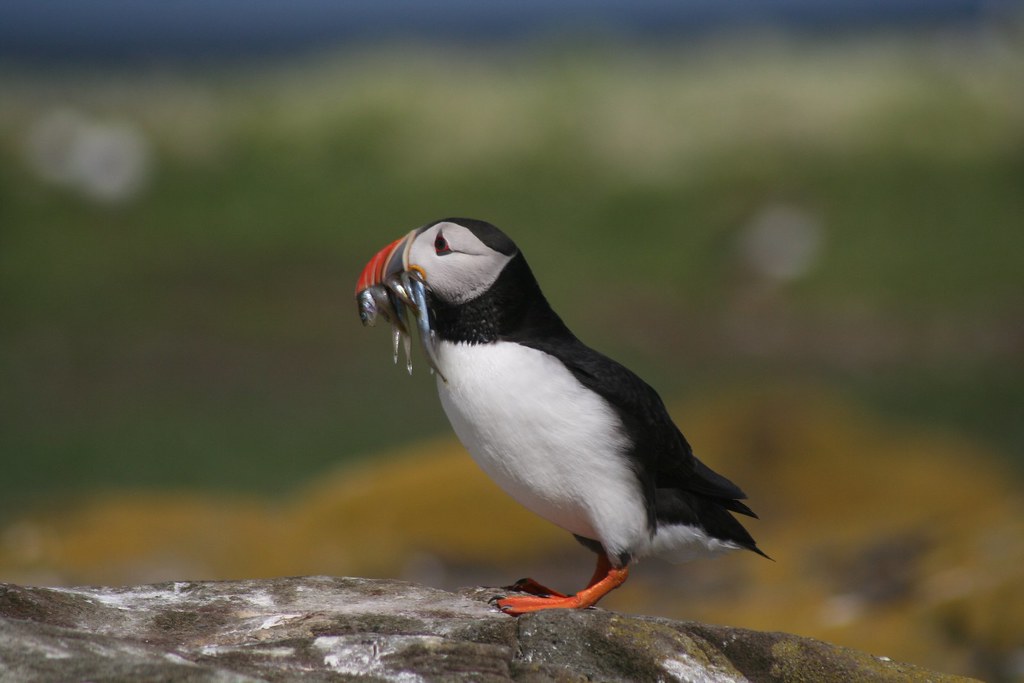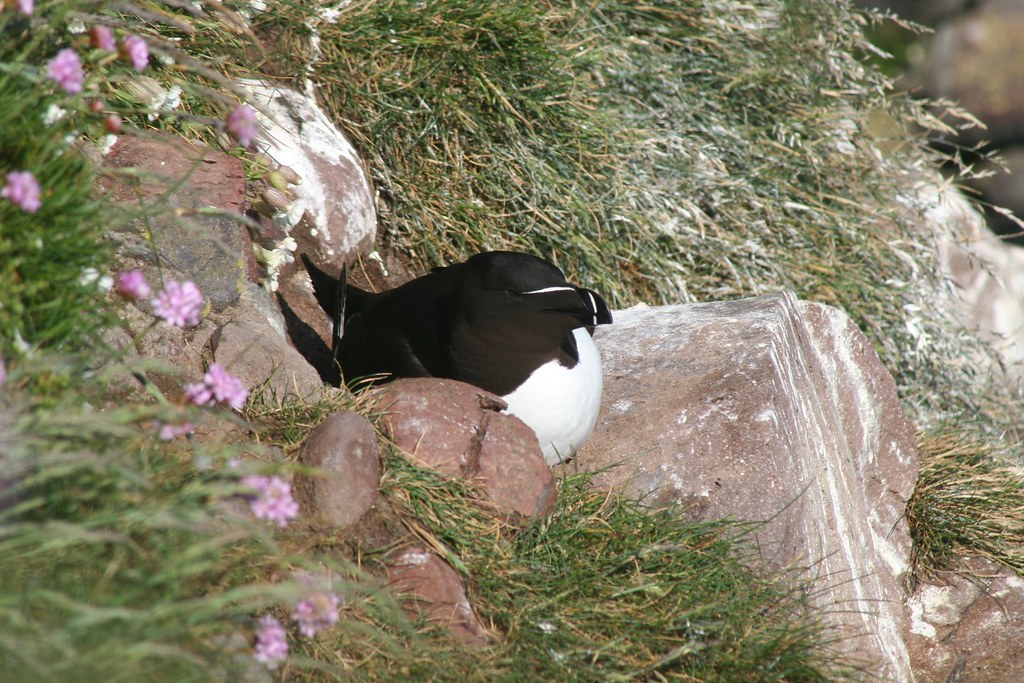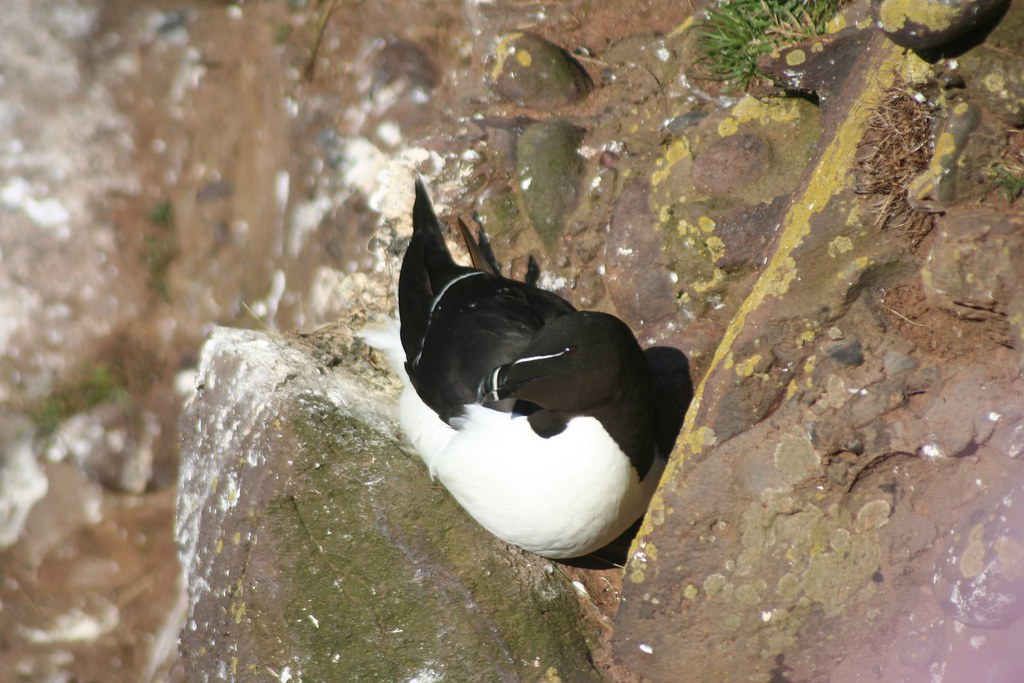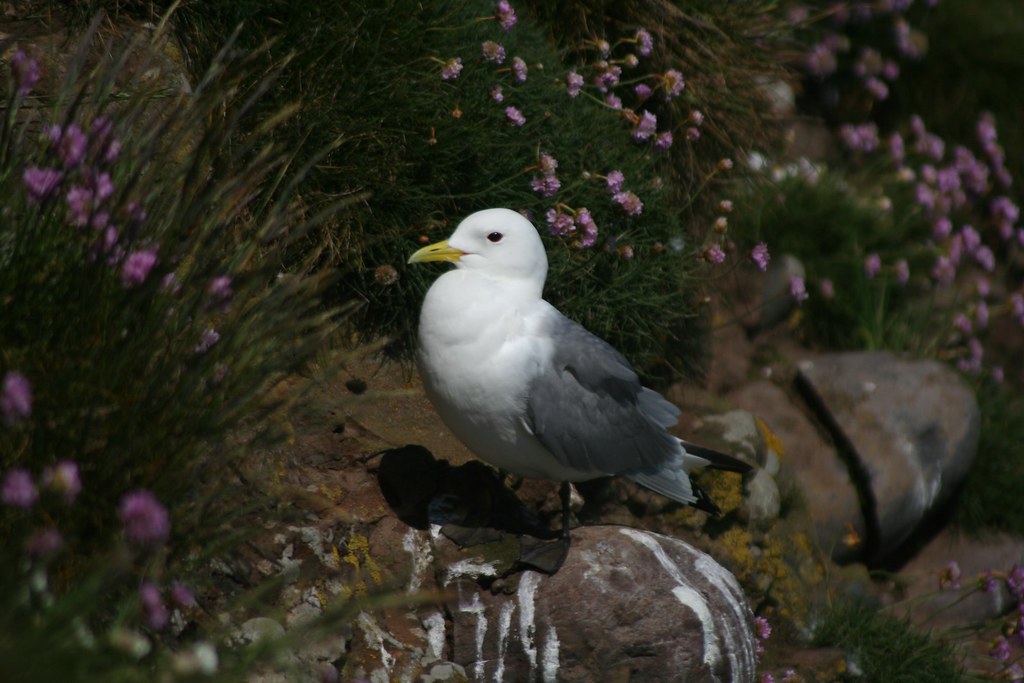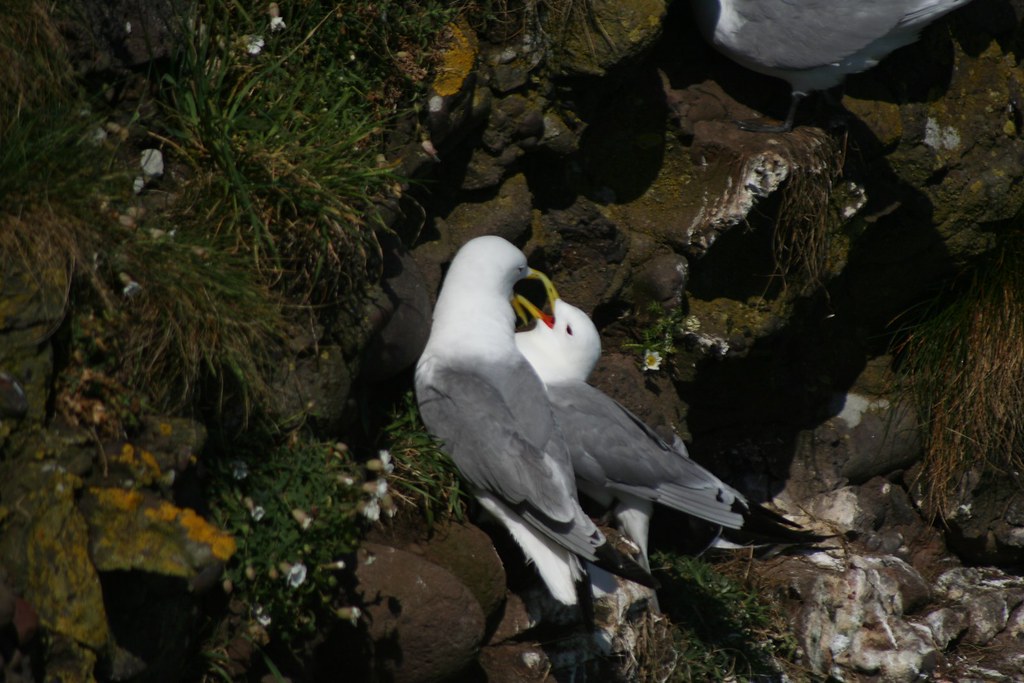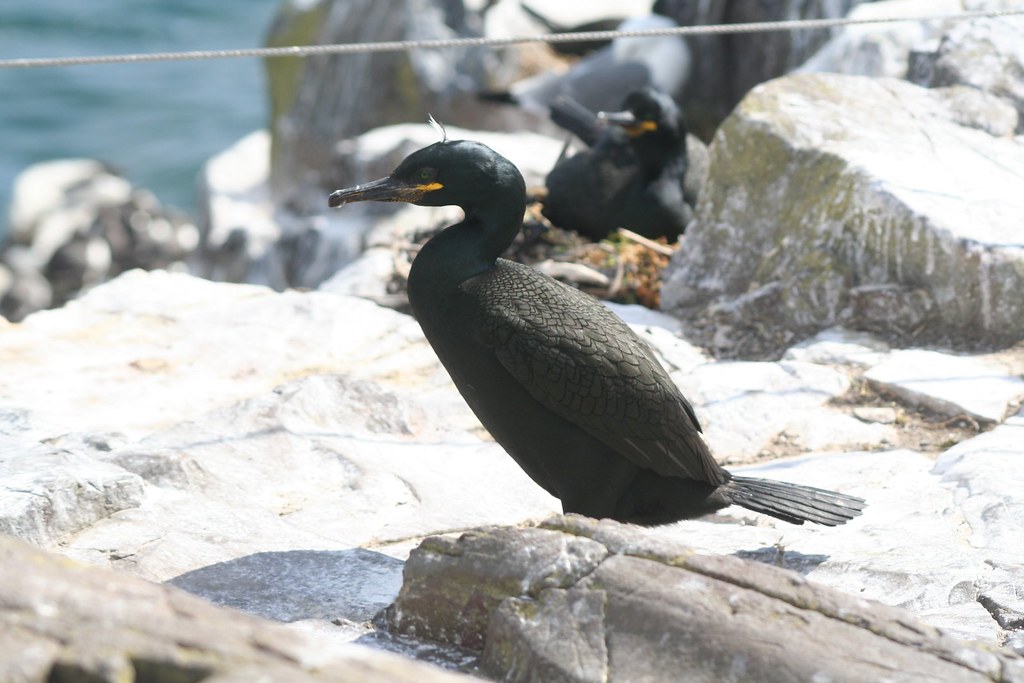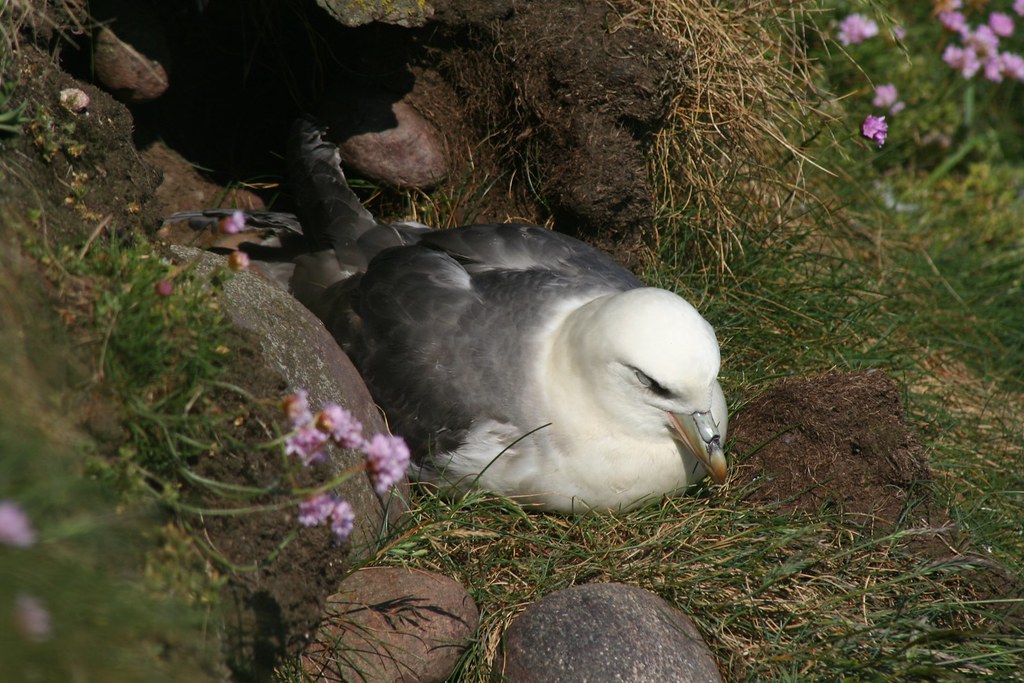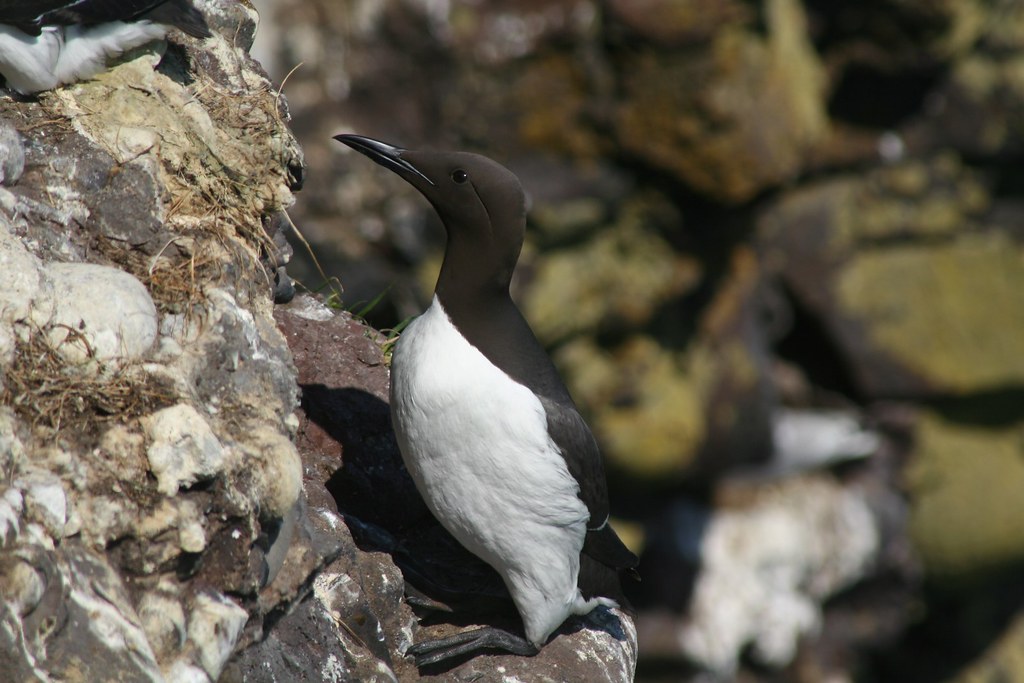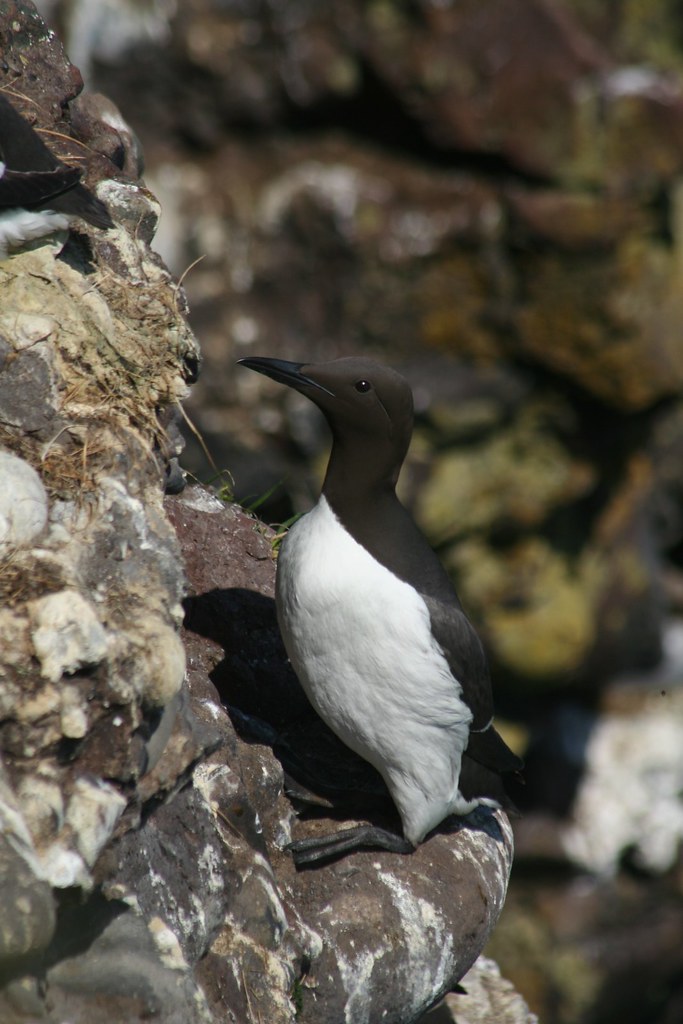Rare Bird Alert (
RBA) have recently released their custom designed and built pager,
the RBA-X3, to their customers. I've had the new
RBA X3 pager for just over a week now, so I thought I'd write an initial review from my first experiences.
Like its predecessor (the 21a), the X3 is compact, lightweight, has a clear display and fits snugly into the holster (which now sits vertically, not
horizontally, onto your belt).
It comes with quick-start
instructions and a much more thorough 23 page setup guide. Most of the set up is fairly
straightforward, but reference to the guide is necessary for some of the more advanced features. Navigation around the pager has completely changed. The X3 has a 'folder menu view' as its main interface into the pager. This interface reminds me a lot of the Windows Explorer interface found on a PC. It shows all the news folders that the user has access to, the settings folder (similar to 'Control Panel' in windows), the clock folder and an 'About' folder. Physical navigation is now through 3 buttons, a green 'confirm' button, a red 'cancel' button and a 4-way up/down/left/right button (see photos below).
As a user of the old
RBA 21a pager, the news services I had access to were 'Mega alert', National news,
Earlybird, plus 3
pre-set Local News
subscriptions. With the new pager, the user can instantly 'subscribe' to any local regions they desire, up to a limit of 4 (depending on their membership level). If they wish to swap one area for another (say the user lived in Norfolk and had Norfolk/Suffolk,
Lincs,
Yorks, and Wildlife as their 4
subscription local channels and they were going on holiday to Cornwall, they could simply unsubscribe to one of their local channels (say, York), and subscribe to the Devon/Cornwall channel. They would then get all the local news for Devon/Cornwall. When they returned from holiday they could then unsubscribe from Devon/Cornwall and re-subscribe to
Yorks (on any other channel for that matter). This feature is free-of-charge and the amount of channel changes is
unrestricted.
Another scenario where this could be helpful would be if the same person wanted to wait on news to twitch a Buff-breasted Sand in
Cambs. Instead of putting their National channel to bleep and be notified about every rare/scarce bird in the country, they could subscribe to the
Cambs channel and set that on alter, therefore only being alerted to birds seen in the
Cambs region.
Other folders which the user has access to are National,
Earlybird, Breaking
Megas (with the actual message, rather than just triggering an alert as in the 21a), Rarities (has only 'upper-case' rarities) and Breaking Rarities (news of individual rarities that have been previously been unreported by
RBA, very useful if you're a year-
lister!). All the folders are
individually customisable with respect to alert status and alert tone.
Another difference in the X3 is that each folder displays the amount of unread messages, so if you have a folder set to 'store', whereby the messages are immediately stored, rather than displayed, the user can keep a track of the amount of unread messages in that folder.
The X3 pager is also
customisable, to suite user preferences. The default home page can be set to blank (save batteries), the clock, the folder view, or 'About' (where you can add your name and phone number in case you loose your pager). I have mine set to go blank and then start up in the 'About' view where I have my name and number in case someone finds my pager (see photos below), although beware when
peronsalising your pager - the amount of characters it allows you to enter when
personalising your pager is more than will physically display in the actual 'About' view! Amongst other preferences, the font size can be set to 3 different font sizes (plus bold/non-bold – see photos below), the contrast of the message lettering can be varied and the amount of time the
backlight stays on for can be changed. On the subject of the
backlight, the light on the X3 is excellent, being much brighter and clearer than the rather faint and unreliable 21a
backlight.
So far, so good eh. But I do find a few things annoying with the X3. Firstly, it's a bit of a 'nanny' pager. As I mentioned above, the number of unread messages are displayed next to the folder name. But for a message to be read, the user must have read (or at least displayed to himself) the whole message. If I'm looking through my messages and there's a Spoonbill at Loch
Einich in the Highlands, I'm not going to be overly interested and just want to flick on to the next message, and not have to page down through lines and lines of directions every time it's reported (and on the initial display of the message, the 'down' button only moves the message down by one line instead of the next page of unread message, so if the message runs 10 lines over the length of the first page then you have to tab down 10 times to get to the end of the message). The problem is though that if I just flick through to the next message the Spoonbill message will be flagged as 'unread' and marked as an unread message in the folder view (see photos below). The only way to remove it as an unread message is to go back to the folder, find the Spoonbill message, open it (as with the 21a the first line of text is displayed as a summary) and page down through the whole message (this time tabbing down takes you down a page at a time instead of a line at a time) until the end of the message is reached.
Alternatively, one can open the folder and select 'mark all as read'. Whatever, it's a bit of a pain and I can see it become a totally useless feature, as users will quickly get fed up of tabbing through lines of long messages in which they have no interest and just start to ignore the 'unread messages' number. Perhaps if an 'X4' pager is released, then they might mark the messages as read once the first page of the message has been displayed.
Another gripe is the battery. On average, the battery in my old 21a pager lasted between 4-5 weeks. I've had my X3 pager for only 1 week so far and the (rather helpful) battery strength indicator says I've already used half of the battery. Perhaps it's because I had to read through all of those messages to get rid of that annoying unread messages indicator! Also, changing the battery is a bit of a nightmare (and is almost
acknowledged as such in the
instructions "Installing the battery requires a little practice, then it's easy!" is the claim. The advice is to use the holster to leaver off the battery cover, but both the battery cover and the holster seem a bit thin and brittle and feel like one of them will snap. I've practised taking the battery cover off about 4 times and some small chips have started to appear in the battery cover already.
As far as the reception of the the X3 goes, it's hard to say if it's better or worse than the 21a. Certainly, if you follow
RBA advice and keep the pager vertical, the reception is much better than when laid on its side. Both my house and work place have trouble with reception (or perhaps
interference) and the X3 has some trouble in these areas, as did the 21a. All in all, there's probably not much difference in reception quality between the two pagers. One thing that is different is that garbled parts of messages on the 21a usually appeared with lines through them, whereas the X3 apparently tries to 'guess' the correct word. This might be helpful on minor garbles, but doesn't work with longer stretches of garbles.
So, all in all the X3 is a really nice pager. I've only brushed over the main features in this review, but there are plenty of other things new to the X3. The feature which allows users to vary what local news channels they are subscribed to is a major plus and a great
technological step forward - worth the £69 charge for the pager alone. The unread messages feature was a good idea, but having to read the full length of the message before it becomes a 'read' message will probably render this feature useless and redundant and this should be a major re-think on any software updates.

Holster and pager viewed from above

Holster and pager viewed from the side
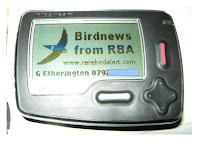
The pager homepage (with owners name and contact number, in case the owner looses their pager)
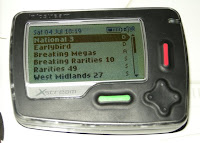
The pager in folder view (note unread messages)

Pager with small bold font.

Pager with medium regular font.
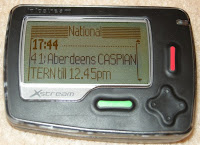
Pager with large regular font.


